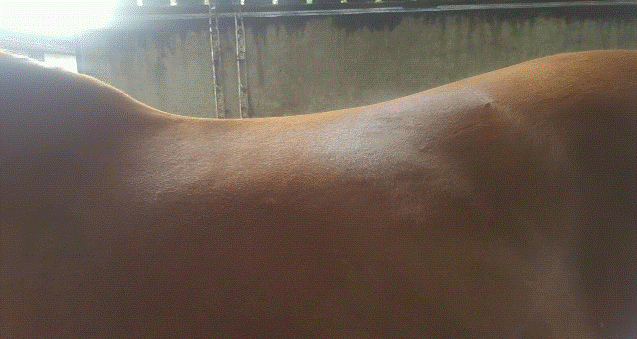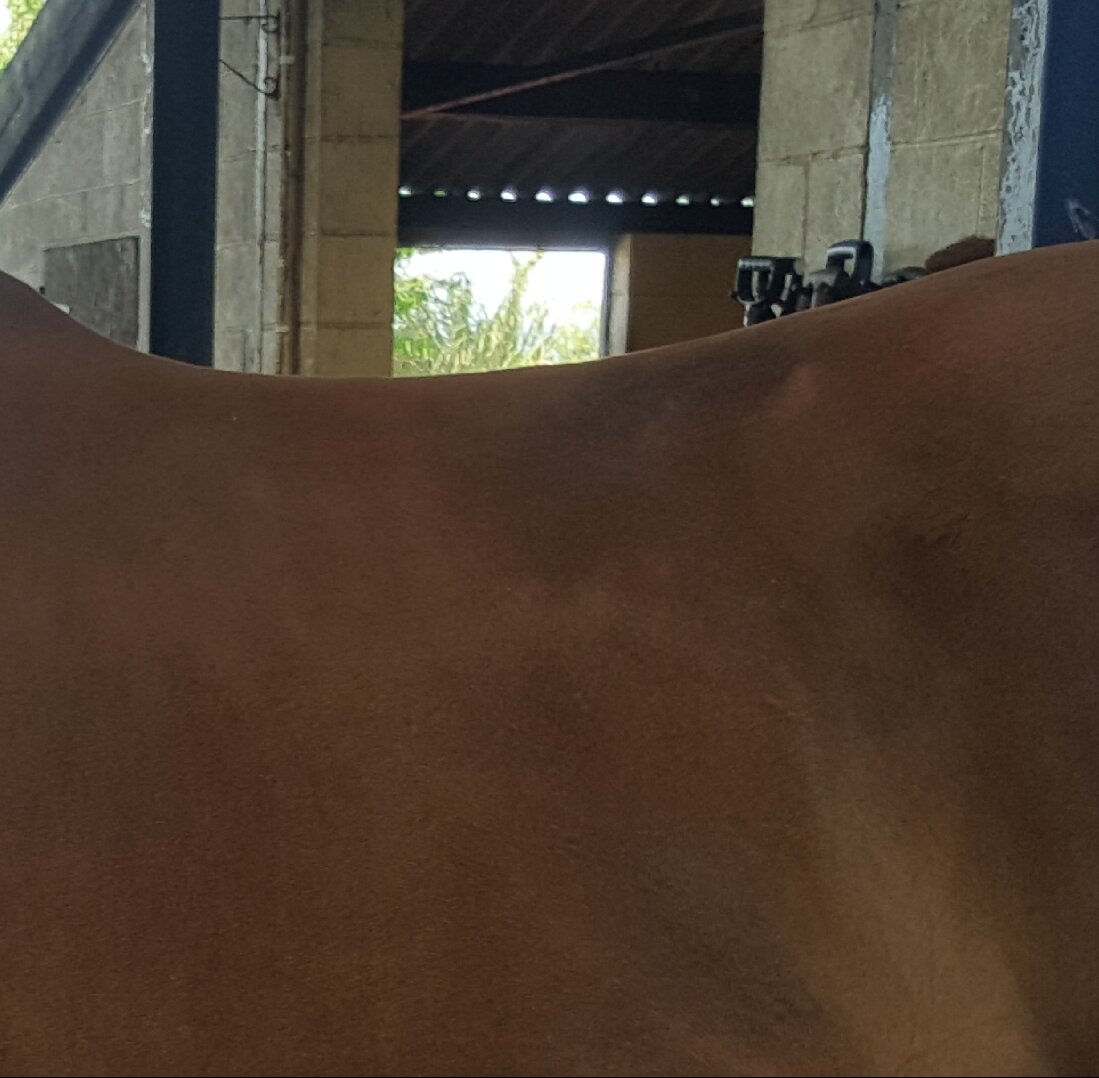Hoof balance effects on movement and development
There is more than one road to Rome, a horse owners experience
We can train many people in the same occupation, but their practical application once qualified can differ completely from another person with the same qualification and training. Their style of working will also develop from the experiences they encounter, their particular interests may also influence their CPD choices and unfortunately their ego. The experiences presented to us when training, plus the ones we seek. The time taken to experience leaders in their fields of work outside of the training curriculum is down to choice. Does a person want to pass an exam and partake in a profession, or does someone have a passion, a thirst for knowledge and the will to want every job to be of the same standard.
They reward extra training in some professions, some are not. There are professionals who have a keen interest in their work and have access to the ever flowing up to date scientific findings. After all, the governing body will ensure new and emerging information will always be available in a variety of forms. Let’s take an example: there are many horse trainers out there with similar training. They may practice along the same principles but you will find they teach in distinct styles, different nuances, they have original opinions on what has the most importance to them.
Many people talk to me of their frustrations as a lay person regarding their understanding of equine professionals. Their reluctance to have an opinion, although they feel they have been noticing changes and issues for some time. I reassure them that no one knows their horse as well as the owner as you see them daily. This can bring a little controversy, as I have found sometimes changes happen so gradually that they go unnoticed. However, I believe if you keep thinking you are noticing certain things with your horse, and being reminded of that every time you look at them. You are correct in your assumptions.
This was the scenario a client had been going through for some time, despite their best efforts to politely and tactfully ask the relevant professional regarding the changing shape of their horse’s feet. The ongoing altered gait and the developed sensitivity in the feet post shoeing. Time after time she was met with very little explanation and basically it was the horse’s hoof growth that was to blame. I know many clients are reluctant to talk to some professionals as their questions no matter how politely formed are met with hostility. The point came with this case where symptoms where screaming at the owner and despite the longevity of her use with the current professional she sought a second opinion.
Foot growth and changes in balance take time to achieve and foot balance is of paramount importance for your horse’s longevity. A single digit is suspended in sensitive laminae within the hoof. Which is further surrounded by insensitive laminae progressing to the outer horn of the hoof wall. These small structures along with other soft tissue structures are supporting the half a tonne body weight of the horse. The new professional has an excellent reputation is very knowledgeable, he watched the horse move and is happy to discuss his work. The initial changes in the horse’s feet came relatively quickly, in this case the changes in the horse’s movement were astounding. The change in the horse’s development is one of the most noticeable I have seen in over twenty years in my profession as an equine therapist.
pre foot balance changes
post foot balance changes
The owner sent me an email which I will share with you of her thought after this experience. “His feet are so much better and it has had a huge impact on his way of going. I always thought he had a good walk, but it is better than ever and the trot has improved. He appears to be moving better through his shoulders. Just shows that when it is done correctly the benefit, the horse receives. It just makes me wonder how many other poor equines there are out there and how many poor riders there are who cannot feel what is going on and blame the horse for not working properly when it's the feet that aren't right.”
The foot balance effect on this horse was inhibiting his movement and reducing the movement available to him. I feel I should also mention the way some horses are ridden and developed can lead to foot issues. Training techniques that force adaptation which alters the mechanics of the entire body. Issues can come from the foot itself upward into the body and from the body down into the feet.
On the road to recovery, changes take time
I feel that if owners could have a little education regarding different professions, this would be helpful. I am not recommending reading a little, then marching up to the person in question and declaring yourself an expert. I also know this may feel a little intimidating to learn a little about such vast subjects. Having a little knowledge on the basics just might help you in times when you question your thoughts.
Here are some good articles and remember to keep track of your horses development really get to know their norm. Maybe take photos occasionally or keep a diary if something is troubling you when things are very subtle.





